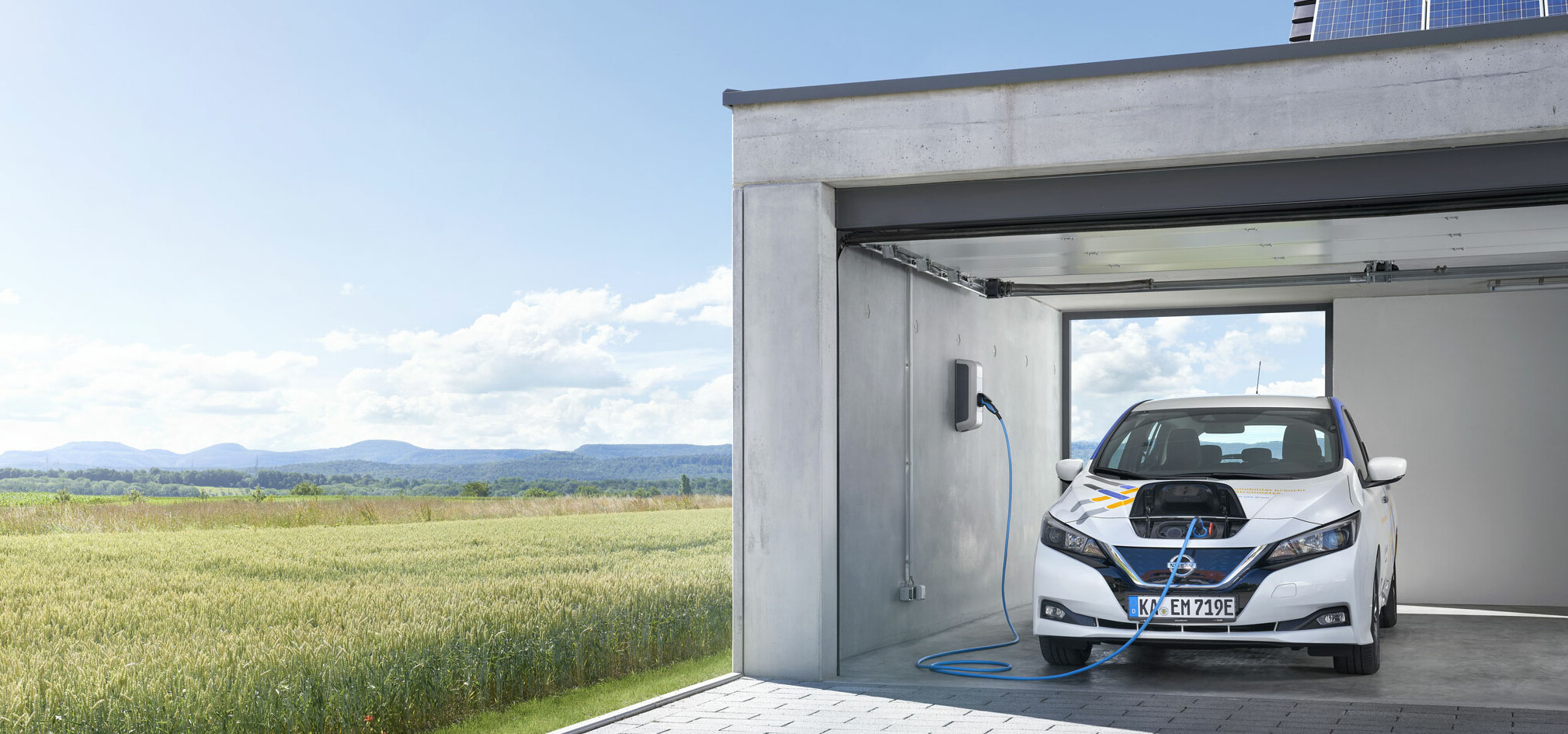
Netze BW began preparing for the challenges posed by the ramp-up of electromobility at an early stage. The key instrument were the NETZlabor labs. Netze BW investigated how electric vehicles can be successfully integrated into the power grid in real-life scenarios. A total of four field trials with different focus areas were successfully completed:
Across all NETZlabor labs, the goal was to develop grid-supporting charging management concepts, determine their necessity and potential, and test them directly with customers. Currently, the valuable findings are being applied in real-live operations.
The NETZlabor labs were initiated as research projects to prepare for the ramp-up of electromobility. The distribution network operator deliberately ended this research phase with the closing of the NETZlabor labs. Because we are in the middle of the ramp-up of electromobility now - at an enormous speed and with huge momentum. This does not require research, but implementation.
Based on the NETZlabor labs, Netze BW has therefore defined four key fields of action which are highly effective and which meet the challenges of a sustainable and rapid integration of electric vehicles into the distribution network: These include the provision of a customer-friendly registration process for the charging infrastructure, early detection of grid bottlenecks, optimization of the existing power grid, and forward-looking and future-proof grid upgrades.
After intensive work in the context of the electrification of the passenger car segment, the focus is shifting to commercial and freight transport. This is where large-scale construction of charging infrastructure along the highways and motorways and the associated upgrades of the power distribution networks are needed and this may be the even greater challenge.
